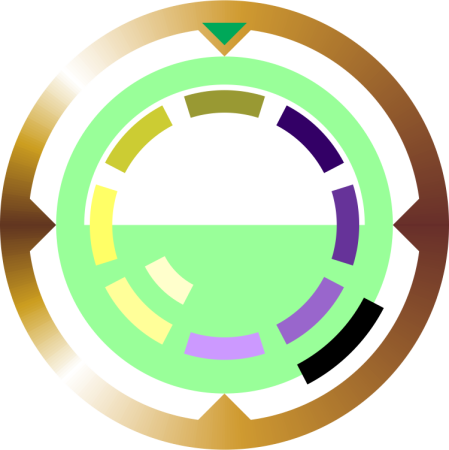Commissure
A commissure is a fissure in the center of a cube's face which connects the cube face to an adjacent face in another cube. A commissure can be regarded as the polar opposite of an inflection layer.
Geography
The ambient air pressure is highest within a commissure relative to the surrounding terrain, as the center of the commissure is effectively below sea level. Because the gravitational forces of the two faces involved counterbalance one another within a commissure, non-buoyant objects which fall into a commissure will typically settle into the center and become trapped unless they can somehow fly or climb the commissure walls. Conversely, a buoyant object (such as an airship) must exert thrust tho enter a commissure, though they will then be ejected from the other side once they cross the center.
A commissure is an important geological feature for it's cube. Erosion from the circumvective forces of wind, rain, and flowing water, along with humanoid activities, is always pushing debris towards the commissures. Tectonic activity causes debris which falls into a commissure to be absorbed into the commissure walls over geological time. Eventually, this debris and the surrounding stone is churned towards the magma pockets along the edges of the cube, where it is melted and forced up to form the ever-growing mountains at said edges and vertices.
Type
Abyss
Location under
Included Locations
Related Professions





Comments